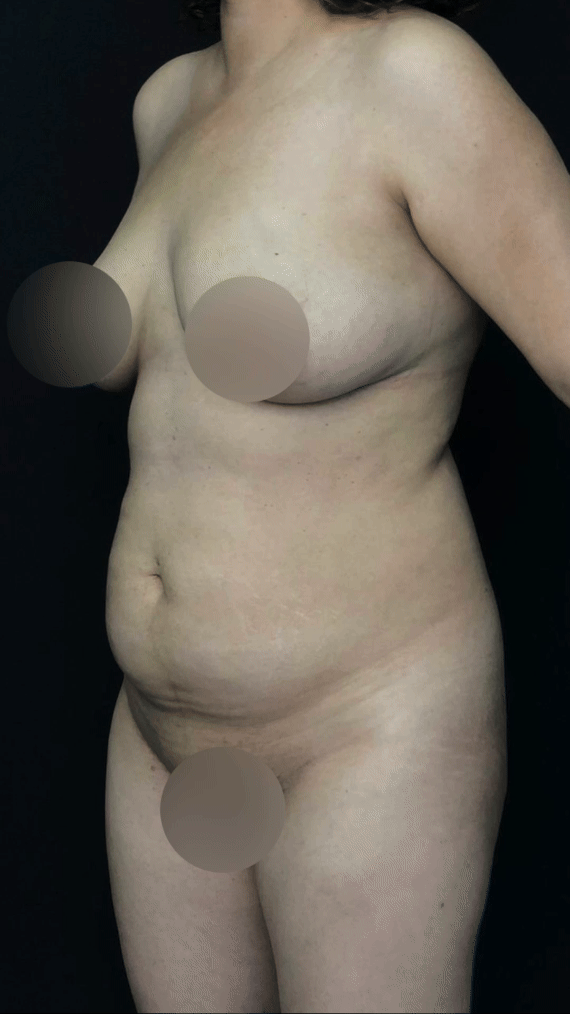The tummy tuck procedure is also referred to as ‘abdominoplasty’ and is aimed at eliminating excess skin and fat in the abdominal area. In the majority of cases, a tummy tuck also helps in restoring disjointed or weakened muscles and creates a firmer and smoother abdominal profile.Tummy Tuck
Most people wish to flaunt a well-toned stomach and may employ extreme diet and exercise regimes to achieve this goal. But stubborn fat sometimes fails to respond to any form of exercise or diet. In such cases, a tummy tuck works as the perfect solution. Even if you are at a normal weight and have a proportionate body structure, it is possible that your stomach is loose/sagging, or protruding out. An abdominoplasty works in such cases as well.Some of the common reasons why people struggle with excess skin and fat or loose skin around their abdomen include the following:Heredity
Aging
Former surgery
Pregnancy
Major weight fluctuations
Types of Abdominoplasty
Extended Abdomino
In the traditional tummy tuck, the surgeon will make an incision in the area around your navel (besides the incision in the lower abdominal area). The procedure typically involves the removal of excess skin, the tightening of abdominal muscles, and liposuction for reshaping the abdomen. In a complete abdominoplasty, skin is removed from the area above your navel, all the way down to your pubic area. It is generally performed in cases of multiple pregnancies, extreme obesity, or genetic laxity.Ciruclar Abdomino
A mini-abdominoplasty is usually recommended for those who have fat deposits located underneath the navel. This procedure will not likely require a repositioning of the belly button and takes just about 2 hours to be completed (time may vary slightly, depending on each individual case). In a mini-abdominoplasty, the surgeon will make just one incision in the patient’s pubic area.
